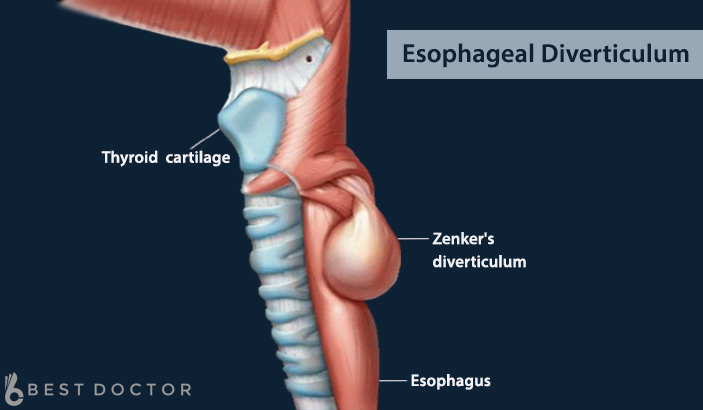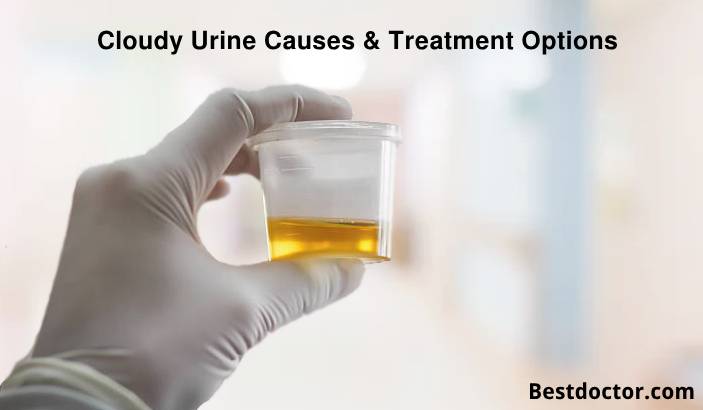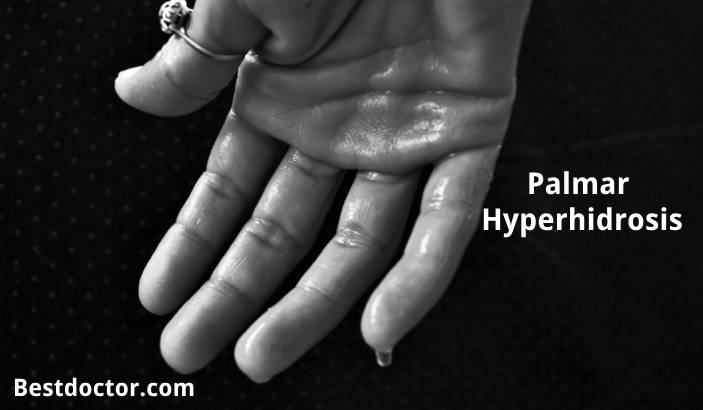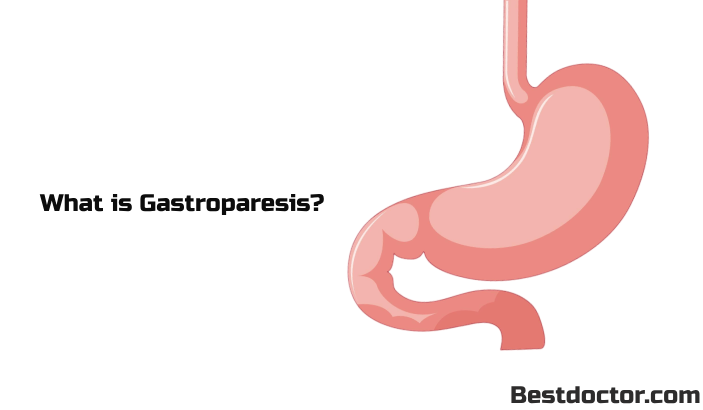What is Esophageal Diverticulum?
An Esophageal diverticulum which is also regarded as a gastrointestinal disorder forms a pocket or stretched tissue that develops nearby the esophagus and pushes outward through the muscular wall. This kind of a disease is rare or can be hereditary or congenital as well. A single pouch is seen to form on the wall near the esophagus. This pocket more or less ranges from 1 to 4 inches in diameter and can appear anywhere in the esophageal lining between the throat and stomach.
Esophageal Diverticulum Causes
The case of an esophageal diverticulum is really rare, and the last case of the same was reported nearly 250 years ago. Though doctors are not sure about the cause of this disease, it is assumed that internal pressure is produced by the esophagus while eating which can move the food into the stomach and thus creates a hernia like a scenario from esophageal lining through a weakened wall and thus creates a pouch or a diverticulum.
This kind of a disease is common in people who have motility disorders of the esophagus like achalasia. This can also cause swallowing, indigestion of food and a spasm kind of pain while digesting food and the muscles of the esophagus cannot move the food properly into the stomach. Some other conditions that can also cause this kind of disease are the worst
- Weakness in the walls of the esophagus
- A disorder in the muscular valve at the upper end of the throat or stomach of the esophagus
- Inflammation of the esophageal lining
Esophageal Diverticulum Symptoms
There are various kinds of symptoms of esophageal diverticulum that can range from mild to severe cases. This includes
- Difficulty in swallowing also known as Dysphagia
- Pain during swallowing also known as Odynophagia
- Pain in a chest and chronic cough
- A feeling that food is stuck in your throat
- Sensation of heartburn
- Return of the partially digested food from the stomach to the mouth while lying down
- Severe bad breath
- Pneumonia
- Pulmonary aspiration, which involves secretions or foreign matter getting into the trachea
These conditions usually worsen over time as the Diverticulum keeps growing in size. In certain cases, if the esophagus is continually irritated, then there may be greater risks of developing esophageal cancer
Esophageal Diverticulum Types
The True Esophageal diverticulum is usually divided by their location in the esophagus. These are three types of esophageal diverticula, based on where they form
- The Zenker diverticula or the upper esophageal diverticulum are one of the most common kinds of diverticulum that is present in the esophagus. They are located in the back of the throat above the esophagus.
- The Midthoracic diverticula are situated in the mid chest
- The Epiphrenic diverticula or the lower esophageal diverticulum is located just above the Diaphragm
The diverticulum grows over time, and the symptoms gradually develop or even worse at times and there comes a situation when the person is not able to swallow any food, and in rare cases, a tear can form in the esophagus.
Diagnostic Test for Esophageal Diverticulum
If you are diagnosed with esophageal diverticulum, then doctors recommend a few tests to confirm the disease. You would need to perform these tests to be positive.
-
Barium Swallow
You would be asked to swallow a chalky liquid after which doctors would use esophageal diverticulum radiology X- Rays to examine the movement of the liquid through the esophagus and see if there is any blockage
-
Gastrointestinal Endoscopy
A thin and delicate narrow tube is passed down through your throat down into the esophagus with a camera attached to it. The camera would be projecting images of the inside of the esophagus on a screen
-
Esophageal Manometry
This is a test that measures that time and the periodic strength of the contractions of your esophagus as it pushes the food down into the stomach
-
24-h pHmetry
This test is performed to check the presence of gastroesophageal reflux disease where the food digested comes back due to an irritation of the stomach acid into the lower portion of the esophagus. This can create a weakness in the lining of the esophagus and thus creates the development of a diverticulum (pouch).
Esophageal Diverticulum Treatment
When there are no severe symptoms of the esophageal diverticulum or the symptoms are mild, then you would not require any medication. However, changing your lifestyle to a certain extent can help you to take care of yourself. You may try out certain home remedies like
- Taking small bites of food and chewing carefully
- Drinking water during and after meals
- Sitting upright while eating your meals
- Eating a diet that is free of oil and spices
If there are worst conditions, then you would need a laparoscopic or esophageal diverticulum surgery to repair the esophageal lining
Esophageal Diverticulum Risk Factors
This disease esophageal diverticulum is usually uncommon and can be either congenital or acquired. This disease is known to occur in adults over 50- especially in people above 70 and older. There are no severe risks associated with the disease; however, individuals have an esophageal motility disorder like achalasia which causes malfunction of the sphincter muscles at the upper or lower end of the esophagus. People are at an increased risk of developing esophageal diverticula also.
[cl-review quote=”Medically Reviewed By” author=”Dr. Kaushal M. Bhavsar (MBBS, MD)” occupation=”Assistant Professor in Pulmonary Medicine, GMERS Medical College, Ahmedabad” avatar_image=”1325″ source=”url:https%3A%2F%2Fwww.linkedin.com%2Fin%2Fdr-kaushal-bhavsar-a8137355%2F|target:_blank”]








Enhancing Your Career Opportunities with Improved Vision from LASIK Surgery in Manhattan
What Does Cloudy Urine Mean in Females and Males?
Palmar Hyperhidrosis: Understanding Causes, Symptoms, and Treatment
16 Warning Signs You Need to Go See Your Doctor As Early As Possible